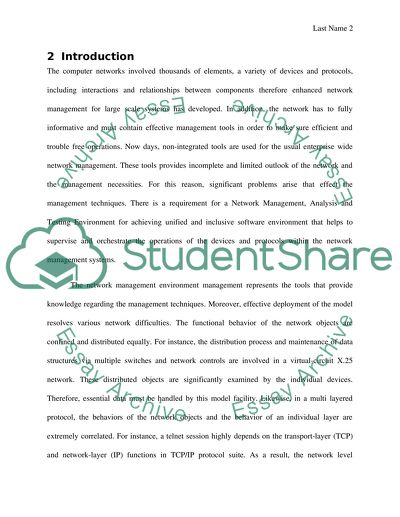Cite this document
(“Network Environment Management Essay Example | Topics and Well Written Essays - 5000 words”, n.d.)
Retrieved from https://studentshare.org/information-technology/1400545-network-environment-management
Retrieved from https://studentshare.org/information-technology/1400545-network-environment-management
(Network Environment Management Essay Example | Topics and Well Written Essays - 5000 Words)
https://studentshare.org/information-technology/1400545-network-environment-management.
https://studentshare.org/information-technology/1400545-network-environment-management.
“Network Environment Management Essay Example | Topics and Well Written Essays - 5000 Words”, n.d. https://studentshare.org/information-technology/1400545-network-environment-management.


